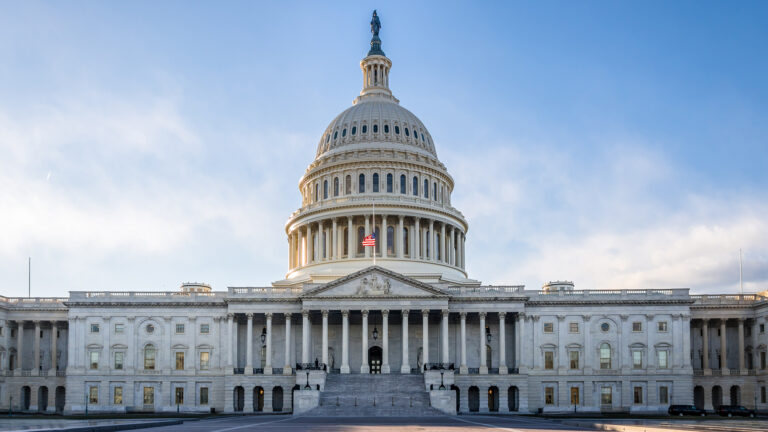By Amitendu Palit, Research Fellow & Research Lead (Trade & Economic Policy), Institute of South Asian Studies, National University of Singapore
The Indo-Pacific Economic Framework
(IPEF) was launched by
President Biden on 23 May 2022. It
includes Australia, Brunei, India, Indonesia, Japan, Korea, Malaysia, New
Zealand, Philippines, Singapore, Thailand and Vietnam. Fiji joined the group
soon after.
Comprising two-fifth
of the global GDP, the IPEF is a formidable economic bloc. It has four of the
world’s top ten economies – the US, Japan, India and Korea. Barring India, the other
three are OECD economies, as are Australia and New Zealand.
Singapore and Brunei are non-OECD high-income country members. The long-term
economic potential and prospects of the IPEF are enhanced by presence of major
emerging market economies – India, Indonesia, Malaysia, Philippines, Thailand
and Vietnam.
The geographical
identity of the IPEF is distinctly Indo-Pacific with it including major
economic actors for the Indian and Pacific oceans. The ‘bridge building’
between the economic actors of the two oceans will be facilitated by Southeast
Asia.
All ASEAN economies, except
Cambodia, Laos, and Myanmar, are in the IPEF. The wholesome participation from
ASEAN has surprised those who felt ASEAN might stay away from an Indo-Pacific
initiative for avoiding an anti-China posture. But major ASEAN economies
clearly see long-term economic and strategic benefits in joining IPEF.
What will the IPEF do?
It is not proposed as a conventional FTA. But it is tasked to make rules on
issues impacting regional trade and investment, such as supply chain
resilience, digital economy, cross-border data standards, decarbonization and energy
efficiency.
Except the US, India,
and Fiji, all IPEF members are in the Regional Comprehensive Economic
Partnership (RCEP). Several members (e.g., Australia, Brunei, Japan, Malaysia,
New Zealand, Singapore and Vietnam) are in the Comprehensive and Progressive
Trans-Pacific Partnership (CPTPP) as well.
Unlike the RCEP and
CPTPP, IPEF is not trading off reciprocal market access among members through deep
tariff cuts. It will work on establishing common enforceable rules and operable
standards in running secure supply chains, robust digital connectivity, fair
business and clean energy practices. The US would lead the rule-making efforts.
This marks its return to the region as a ‘rule-setter’ – a role it had
relinquished after exiting the Trans-Pacific Partnership (TPP).
The IPEF has set off
as a Quad-plus entity. This demonstrates the diplomatic maturity of the Quad
members – US, India, Japan and Australia – by inviting more countries and
living up to the notion of a ‘free’, ‘open’ and ‘inclusive’ Indo-Pacific
(FOIP). The IPEF’s large membership from
non-Quad countries shows that the Quad group has gained traction in working
with a large regional community for setting standards.
With more countries
joining in future, the IPEF’s market size will enlarge, as will the reach of its
standards. The latter would grow into future global standards in their domains.
For regional
businesses and investors, connecting to the IPEF will bring benefits from the
learning of the shaping of upcoming rules, and engaging in the business
processes they fashion. The benefits are sizable for businesses engaged in the
IPEF’s core areas: digital connectivity, clean energy and strategic supply
chains.












